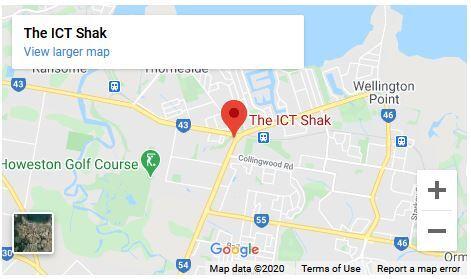Search engine optimisation helps to generate organic traffic, rank websites higher on search engine results and promote lead conversion. Blog content contributes to SEO factors and search engine optimisation for blogs post enforces organic search. Blog posts are a great way to attract organic traffic from search engines. By optimising your blog content for the search engines, you can ensure that your website ranks higher in the search results and that more people are able to find your brand. It is an essential part of content marketing to promote the products and services sold by a brand.
Blog optimisation SEO is an integral part of a digital marketing strategy for any brand to strengthen its digital presence. Websites that publish blog post regularly create more opportunities to attract a large number of the target audience.
Blog Optimisation SEO Benefits
Website blogging has plenty of benefits. Here are some of the best:
- Regular blog post updates on the website help to keep the website relevant and current. Brands can choose a frequency and schedule blogs for their websites as per business needs.
- Blogs are one of the primary reasons that help Google website crawling to determine the relevancy of pages through the average time spent by visitors on a website.
- Blog SEO are a great way to target long-tail keywords that help to draw the target audience.
- Website blogging is a great chance for building internal links to relevant content and retaining the target audience.
Since blogs are informative, they help to boost the SEO qualities of a website and position them better based on audience search. It uses a plethora of on-page search engine optimisation actions to make the website more appealing to the audience.
Let us check out the top tips on how to optimise a blog post for great results and success for a website.
How To Optimise a Blog for SEO
1. Planning Content around Strong Keyword Research
Keyword research is an elementary part of the SEO strategy. Keyword research analysis determines the best keywords for a website or landing page. It helps to align the content based on audience search to drive maximum results. There are a variety of tools and techniques to find related keywords and discover interesting topics to plan the content strategy for the blog. It ensures that the topic and content offer solutions and information to critical questions that the users ask. Incorporating the keywords throughout the blog content, in the headings, subheadings and the metadata is a great way to boost and rank blogs on Google.
2. Write an Interesting Blog Title
A relevant and effective blog post title helps to improve the search engines rankings of the blog and the website. Keywords in the title of the blog are elementary components to help them rank. The first 60 characters of the blog title should have a keyword or keyword phrase that will attract the audience to read the blogs. Catchy headlines with keywords increase a website's click-through rate. It is a good SEO practice for audience retention and lead conversion.
3. Add Internal Links to Your Blog Post
Linking blogs to other blogs on your website is a great idea to help the audience navigate easily and find relevant content. It increases the credibility of the content and the website. This is good news for search engines platform rankings. Building internal links is a great way to develop connections between older and latest posts for a website. Internal linking is good on-page SEO practice. However, it is essential to note that the number of links present on a webpage should be confined to 100. Also, internal linking ensures that if your website article is shared by another website, users can easily track back to original content through the links. Good content quality makes it shareable and increases credibility. Internal links are easily one of the most crucial components for search engine algorithms to rank a blog and a website.
4. Add Images and Visuals
Images, GIFs, videos and other visual content are more engaging than written text. Alt-text is a primitive factor that helps images inside the blogs to rank for SERPs. It is essential to optimise the images used as the content inside the blog with proper alternate text and a keyword-rich photo description. Images in between blog paragraphs help to strengthen the content and rank better. It is essential to use copyright-free images inside blogs. Slideshows, vlogs and other experimental formats are excellent alternatives to convert a blog post into something visual. Blog posts do not support videos within the content page.
5. Break Your Blog into Smaller Paragraphs to make it Easier to Read
Unique content with enticing CTA, internal linking, appropriate keywords, headings and subheadings gives a pleasing experience to the audience. It keeps them engaged or compels them to take action through good quality blogs.
Short and simple paragraphs that are easier to read helps to rank the blogs better on search engine results pages. The user experience helps to rank websites and good readability and page speed are important factors of blog pages that affect the search engine rankings. Sorting the blog content into subheadings is an excellent on-page SEO practice to engage readers and rank better based on relevancy. Also, subheadings are the best way to sort paragraphs within a blog post.
A content marketing agency is well-equipped with the latest tools and technology to articulate and employ excellent digital marketing and SEO strategies for optimal website benefits. Search engine optimisation for blogs has a wide array of benefits for businesses of all scales if they want to maintain brand supremacy on digital platforms.
Remember, poor blogs on a website will affect your click-through rates with negative impressions. Get the best tips on how to optimise a blog for SEO and rank the website better on search engine rankings pages.
We specialise in helping businesses with their local search engine optimisation
Find out how your business is ranking in your Local Area
![]() Local Search Rankings
Local Search Rankings![]() Local Listings
Local Listings![]() Reviews
Reviews![]() On-site Search Engine Optimisation
On-site Search Engine Optimisation![]() Social Media
Social Media




